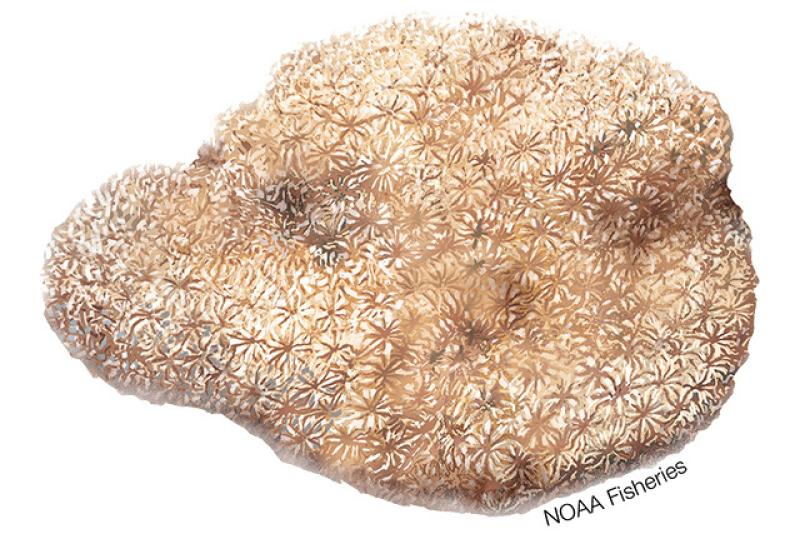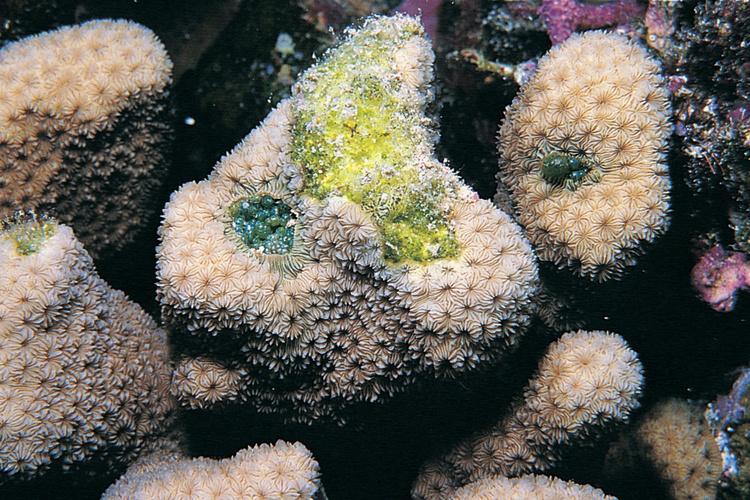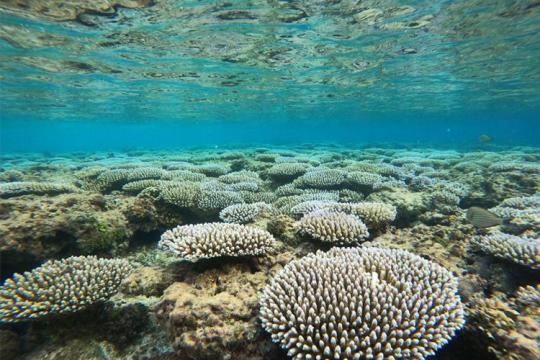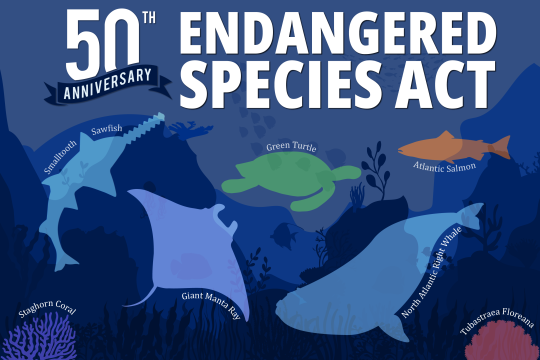Under the ESA, NOAA Fisheries is required to develop and implement recovery plans for the conservation and survival of listed species. NOAA Fisheries has developed a recovery outline to serve as an interim guidance document to direct recovery efforts, including recovery planning, for the 15 species of ESA-listed threatened Indo-Pacific corals (herein referred to as the 15 listed corals) until a full recovery plan is developed and approved. The recovery outline presents a preliminary strategy for recovery of the 15 listed corals and recommends high priority actions to stabilize and recover the species.
Recovery Planning Workshop
We held a recovery planning workshop for the 15 listed corals over the course of four 3-hour virtual sessions in May 2021. We announced the workshop in the U.S. Federal Register (86 FR 15650) on March 24, 2021, and it was open to the public. We held duplicate meetings for each session’s discussion points to accommodate participants from different time zones.
The purpose of the workshop was to connect stakeholders and experts from a range of relevant disciplines to:
- Gather information and ideas on recovery approaches that address the challenges relevant to recovery of the 15 listed corals
- Develop recovery criteria that need to be met to delist each of the species
- Identify recovery actions to reduce and/or ameliorate threats to the 15 listed corals
Participants represented a variety of areas of expertise from a range of relevant disciplines, including the listed coral species’ biology/ecology, threats to the species, the species’ habitat and ecosystem, recovery planning, and coral reef conservation and management.
Recovery Status Review
We developed an up-to-date Recovery Status Review for the 15 Species of Indo-Pacific reef-building corals listed under the Endangered Species Act. A Recovery Status Review is a stand-alone document that provides the most comprehensive and current information on the 15 species' biology, ecology, status and threats, and conservation efforts. This document was developed in July 2023, and will be updated as needed with new information. The Recovery Status Review will be used for various purposes, including informing recovery planning, 5-year reviews, Section 7 consultations, and section 10 conservation plans.
Recovery Contacts
Critical Habitat Designation
Critical habitat only applies to U.S. waters. Of the 15 listed Indo-Pacific coral species, several species have been recorded in U.S. waters. Critical habitat was proposed on November 27, 2020, in Guam, the Commonwealth of the Northern Mariana Islands, American Samoa, and the Pacific Remote Island Areas.
Learn more about the Pacific Islands proposed coral critical habitat
Critical Habitat Contact
5-Year Review
On January 7, 2021, we announced our intention to conduct 5-year reviews for the 15 listed Indo-Pacific coral species, as required by the ESA to ensure that the listing classifications of species are accurate.
We completed the 5-year review in 2024 and concluded that no change to the listing status was warranted for any of the 15 Indo-Pacific reef-building coral species.
Learn more about the Indo-Pacific reef-building corals 5-year review
5-Year Review Contact



